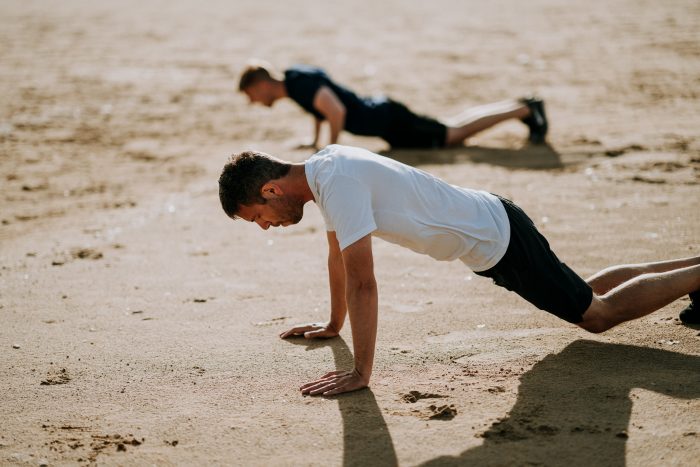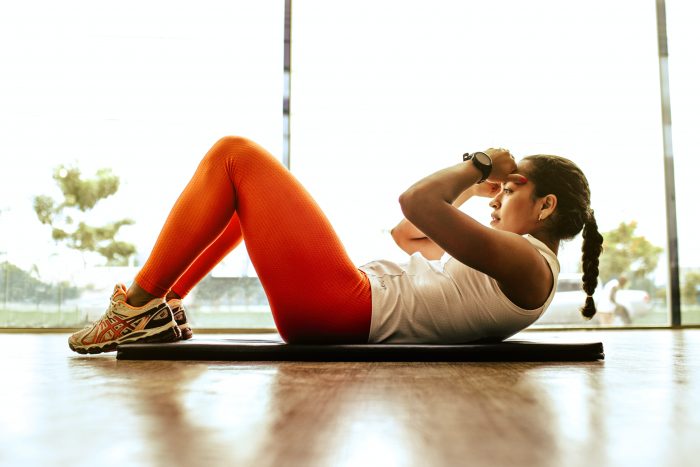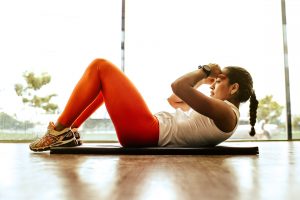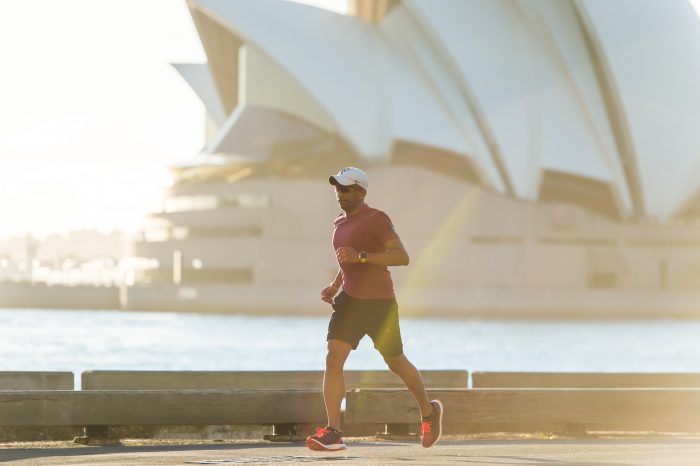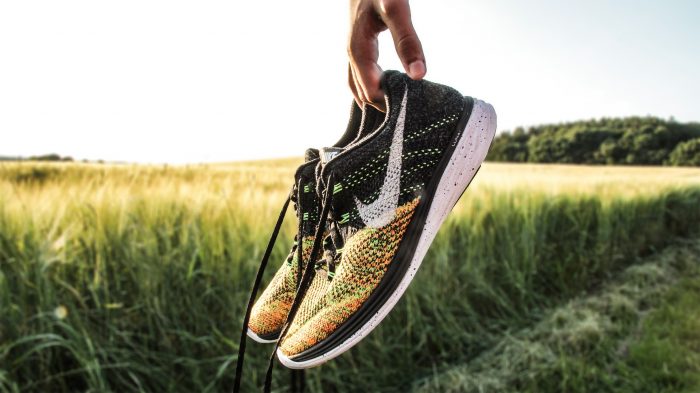I’ve recently written about some of the best fitness apps available, but in this blog I want to include some more general health and wellbeing gadgets. The best of these are ideal to help people monitor progress, keep on top of their fitness and begin to follow healthy habits.
The most useful aspect of these gadgets is that they keep you accountable. When you set a goal – whatever that is – tracking progress in a way that shows you exactly how far you’ve come is incredibly motivational.
From scales to forks – the best health and wellbeing gadgets on the market
Wellbeing apps and gadgets aren’t just about tracking steps or miles, they can also help you to measure all kinds of other goals.
- Smart toothbrushes
The market for electric toothbrushes is huge, with millions of people switching away from manual brushing. But technological advancements mean that the innovation in this sector never stops.
Smart toothbrushes are connected to an app and can give you all kinds of data about your brushing technique. It can help you correct errors, ensure that you don’t miss parts of your mouth and much more. For example, Colgate has designed a smart toothbrush that can penetrate the toothpaste to track any plaque build-ups in the mouth. It glows with a white light when teeth are judged clean, and a blue light when more brushing is needed.
Oral-B are also releasing a smart toothbrush in August 2020 – the Oral-B iO. It features 250 new patents that will help the user reach the zenith of tooth brushing. A brand-new brushing technique that tracks and targets plaque in a new way is part of its success. There appears to be no end to the innovative advancements in oral hygiene, and these brushes can transform your teeth and gum health.
- Fitness bands and wearables
These aren’t new. Most of us have tried a FitBit or another version of a fitness tracker at one time or another. However, if you’ve not used one in a while it’s worth checking out some of the newer versions. All kinds of tracking tech have improved, from heart rate monitoring to sleep statistics and oxygen saturation. You can find bands that are waterproof, designed to look like jewellery, with GPS tracking and a host of other features.
Many of the fitness bands available on the market today can track different exercises without you needing to reset them. So, if you switch from yoga to running, it will keep pace with your training programme.
- Connected running insoles
Runners constantly fight a battler with their gait and technique. Without proper running shoes and insoles, it’s easier to get shin splints and other injuries that can stall training. And now smart insoles are available to runners.
The Nuurv Run insoles slot into the shoe and connect to a unit that is also connected to the wearer’s smartphone. Using 32 sensors all built into the insole, the technology constantly captures data. By analysing cadence, step length, pronation (linked to the height of the arch), balance and footstrike, data is sent to the app. The app presents a post-running summary of data from before, during and after the run.
Designed to specifically work out elements that could cause injury in the future, the insole also keeps the user on track with pace.
- Smart weighing scales
Scales in 2020 are about much more than reading your weight. Smart scales calculate BMI and body fat, so that the user knows much more precisely how their training and diet is going. We all know that muscles weigh more than fat. Traditional scales don’t differentiate between weight from fat and weight from muscles. And as people train their muscle density will change.
Smart scales are synced with smartphones, giving the user an easy to understand chart tracking the changes. All of the brands you’d expect offer smart scales, including Garmin. The Garmin Index Scale measures BMI, body mass and weight and comes with Bluetooth, WiFi and connectivity with Android or iOS apps. It also measures the user’s water weight, bone mass and muscle mass and seamlessly integrates with other Garmin trackers and running watches.
- Smart forks
Even eating utensils can help you stick to your goals. The HAPIfork connects to an app on your smartphone and tracks the speed with which you eat. If the user is judged to be eating too fast, the fork will vibrate. The idea is to stop overeating or eating too fast and encouraging mindful eating.
These are just a fraction of the tech available on the market to help you track exercise, food and healthy habits. No-one should use only gadgets to monitor health, so be sure to check with your doctor if you need to before using them.


